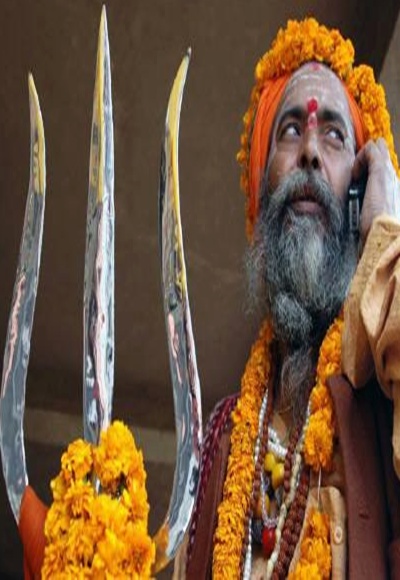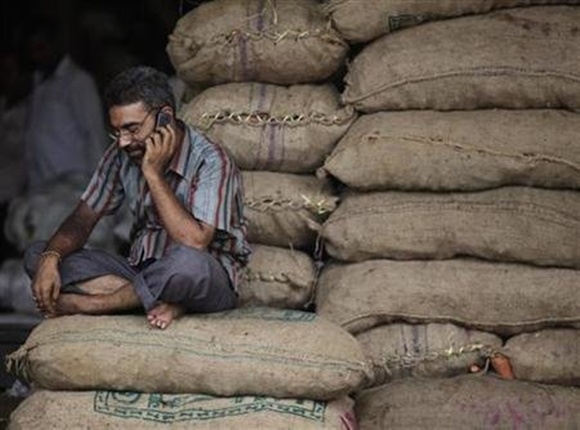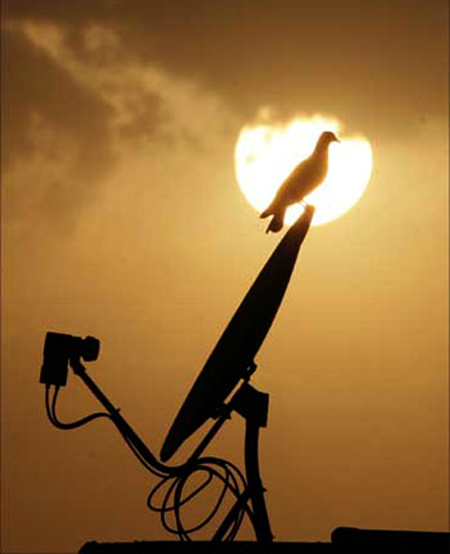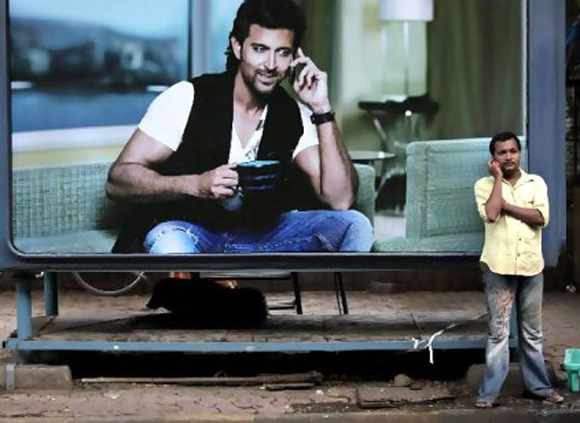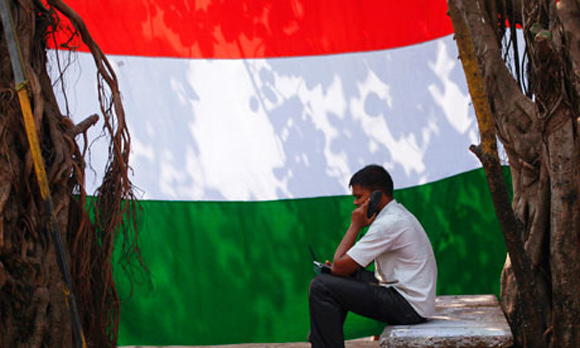 | « Back to article | Print this article |
How a telecom miracle can happen in India
The mistrust between the authorities and service providers can end if the contentious issues are addressed as a package deal, says Nripendra Misra.
A few weeks ago the telecom minister had observed that there are a large number of issues for which telecom companies have sought legal recourse in the Telecom Disputes Settlement and Appelate Tribunal (TDSAT), High Court and Supreme Court.
He had hinted at a meeting with service providers. His concerns are genuine; but the prospects for any amicable settlement are dim.
For a better understanding, the department needs to revisit the contentious issues that arose between 1998 and 2002. Most service providers had then defaulted in payments to the government.
The anticipated growth of subscribers had not taken place. There were issues of a level playing field between service providers using GSM technology and those using CDMA.
Apart from the path-breaking migration policy on the principle of revenue payment linked to growth, a series of consultations led to concessions in terms of annual fees and spectrum usage charges.
Click NEXT to read more…
How a telecom miracle can happen in India
Service providers reached an understanding with the government on the package and most of the cases were withdrawn from the courts. The miracle in the telecom sector began.
Today, the communication gap and mistrust between the authorities and service providers are too deep and any restoration of understanding is possible only if all the issues are addressed in a package deal.
Unfortunately, the internecine battle between two telecom service associations – Cellular Operators Association of India and Association of United Telecom Service Providers of India – only thwarts a resolution because of the tendency to identify “winners” and “losers” in any policy initiative.
Service providers said they have little time for infrastructure development and planning, and mostly spend time on regulatory compliance and court cases.
Both the regulator, the Telecom Regulatory Authority of India (TRAI) and the Department of Telecom (DoT) have to recognise the interconnection of various issues being raised at different forums.
Click NEXT to read more…
How a telecom miracle can happen in India
The allocation of additional spectrum to telecom service providers is critical to address the service quality issues that companies face. Most companies have been starved of spectrum for the last two years.
The indicative reserve price in previous auctions has not spurred competitive bidding because the companies had already burnt their hands bidding for spectrum earmarked for third-generation (3G) services.
The auction of the 1,800 MhZ spectrum band is high on the agenda. Newspapers have reported that the Empowered Group of Ministers has decided to seek TRAI’s recommendation on fixing the reserve price for this. But TRAI has an unproductive baggage on this subject.
In May 2010, the regulator had recommended that the 3G price be adopted as the current price of spectrum in the 1,800 MhZ band. The 900 MhZ band was pitched at 1.5 times the 1,800 MhZ band.
Click NEXT to read more…
How a telecom miracle can happen in India
The experts in TRAI more or less endorsed the recommendation in February 2011. Again, on April 23, 2012, TRAI recommended Rs 3,622 crore (Rs 36.22 billion) per MhZ as the reserve price for the 1,800 MhZ band.
The price of the 900 MhZ band was twice the reserve price recommended for the 1,800 MhZ band. It is, thus, clear that TRAI has different parameters that are not necessarily in sync with the market.
So, if TRAI’s recommendations were being sought on the premise that recent auction results and market trends would be taken into account, then the DoT is better suited to determine the reserve price.
It was only in February-March 2013 that the Group of Ministers reduced the reserve price as there were no takers. A fresh exercise of seeking a recommendation from TRAI would only result in delays.
Other new measures that could have waited have been thrown in to weaken market sentiment. The telecom regulator raised the issue of refarming in the 900 MhZ band.
Click NEXT to read more…
How a telecom miracle can happen in India
True, the allocation of 900 MhZ was initially made on the basis of spectrum availability from the defence services and other security wings. Perhaps the idea of the so-called versatility of the 900 MhZ bands was not even considered during the initial allocation. It has huge financial implications.
The basis of determining the reserve price for the 900 MhZ bands auction is unconvincing. Its linkage to renewing the licences of the incumbents has further vitiated the atmosphere.
Refarming the 900 MhZ bands should have been considered only after detailed consultation with the telecom service providers owning this spectrum.
The regulator should have considered in detail the future investment cost, sunk investment, optimum utilisation of infrastructure already created, particularly towers, engineering feasibility and quality of services. It is not an issue of level playing field alone, as the regulator has contended.
Click NEXT to read more…
How a telecom miracle can happen in India
The New Telecom Policy promises “One India” roaming. The DoT has even announced a timetable for implementation. This matter is strictly in the regulator’s domain and it is welcome that it has decided to examine the matter in depth before committing to any timetable.
Scrapping intra-circle roaming for 3G services has been challenged by the telecom service providers. It is worth noting that the DoT had permitted intra- and inter-circle roaming in case of second-generation licences in spite of TRAI’s reservations.
The renewal of existing licences and new unified licences has added to the uncertainty. The New Telecom Policy has recognised unified licensing and companies were permitted to migrate.
However, it is only possible if the spectrum issues are settled because the new licence envisages separating the licence from the spectrum.
Click NEXT to read more…
How a telecom miracle can happen in India
Additionally, in the context of the Supreme Court judgment suspending licences granted in January 2008, the Department needs to be proactive on a merger and acquisitions policy. This would require incentives for exit and liberal norms for any spectrum ceiling following a merger, plus a definition of monopoly.
The perception that service providers are reaping huge financial gains is unrealistic in a competitive tariff regime. The DoT’s present policy of imposing maximum penalty on all defaults relating to regulatory compliance needs to be reviewed.
Due diligence seems to be missing, and indiscriminate levy of penalty to escape any accusing finger is the order of the day. In some cases, TDSAT had observed that the companies were not given an opportunity under principles of natural justice. Limitations to complying with roll-out obligations needed to be recognised.
The gigantic task of subscriber verification deserved a soft-touch approach. It is learnt that two major private telecom service providers, who had a very high rating with foreign investors, are today facing penalties of more than Rs 20,000 crore (Rs 200 billion).
It is common knowledge that all such claims have been challenged in various courts and the broader objective of course correction in terms of regulatory compliance and revenue realisation may not materialise.
The author is former Chairman, Telecom Regulatory Authority of India.
